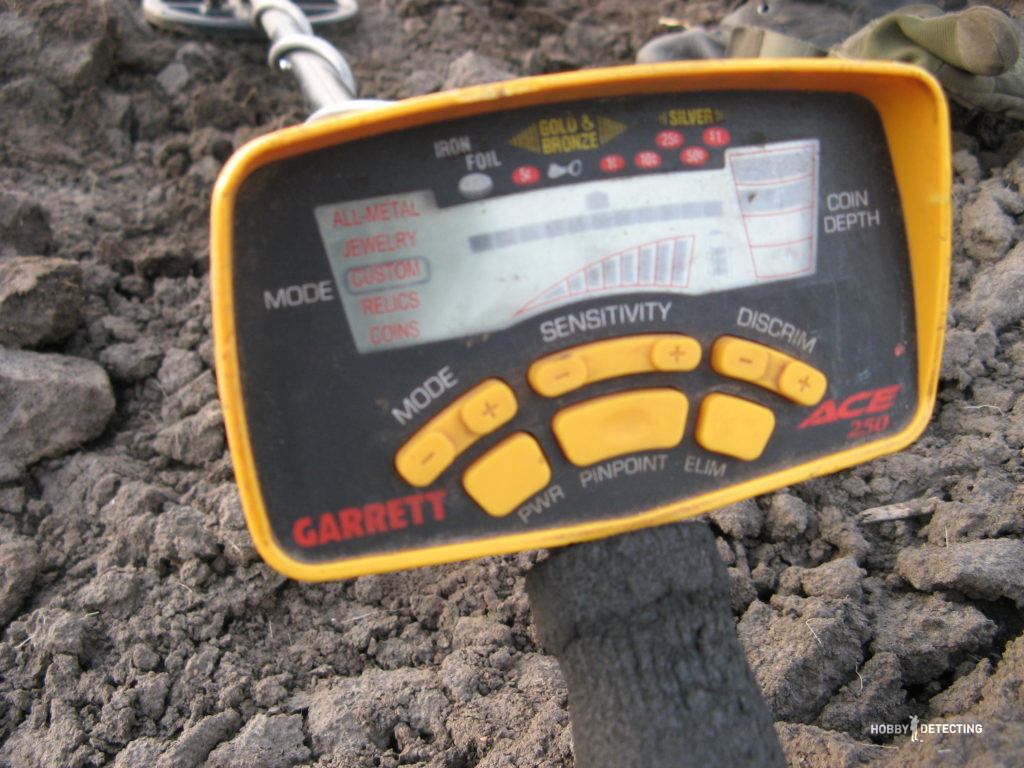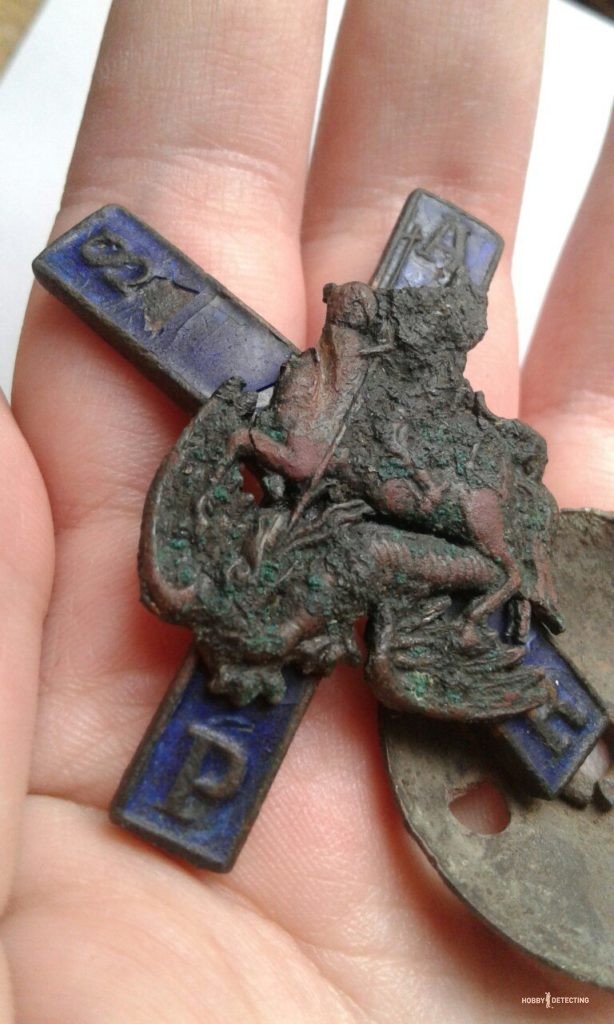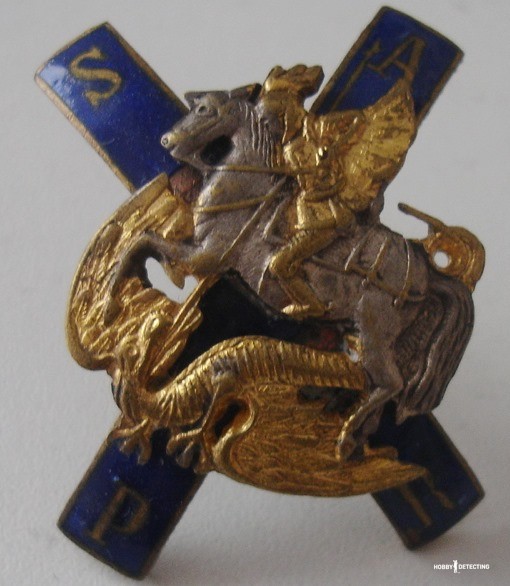Excavated Badge of the Life Guards of the Moscow Regiment (when a find with a great history! Photo+)
Sometimes you feel so sad without a cop that you are ready to go wander around any area and rejoice at every colored response from your metal detector. This is how it was with one digger in August – he missed the cop. Therefore, one sunny day, having telephoned his comrades, he left the city and they began to walk along the first field. They chose this place because it was close, they harvested it and plowed it. True, nothing was marked there on the old maps, but we just went out to do our favorite hobby.
The field turned out to be not boring — it gave the diggers not only wire and nuts, but also Soviet coins, royal buttons and bullets.
Having descended into a small ravine in the middle of the field, a black signal went out like a solid carpet, among which the digger raised his badge. It was a super find for a day that I really didn’t want to spend at home.
The most popular Garrett ACE 250 with a homemade coil distinguished itself, as usual.
 It was this metal detector in the discrimination mode that did not miss such a thing.
It was this metal detector in the discrimination mode that did not miss such a thing.
Already at home, the digger determined that he had found a soldier’s badge of the Life Guards of the Moscow Regiment, which, as it turned out, was far from common.
 Yes, the thing was dug, so it was preserved appropriately, but even in this form, collectors immediately became interested in this sign.
Yes, the thing was dug, so it was preserved appropriately, but even in this form, collectors immediately became interested in this sign.
 Why are collectors of antiquities so interested in this sign, even though it has been dug up? With this name, in the very first year of its existence, the regiment, defending Moscow, took part in the Battle of Borodino, where, repelling the attacks of the French heavy cavalry, it lost all the staff officers, two-thirds of the chief officers and more than half of the privates killed and wounded. Afterwards, in 1817, on the 5th anniversary of the liberation of Moscow, the regiment was renamed the Moscow Life Guards.
Why are collectors of antiquities so interested in this sign, even though it has been dug up? With this name, in the very first year of its existence, the regiment, defending Moscow, took part in the Battle of Borodino, where, repelling the attacks of the French heavy cavalry, it lost all the staff officers, two-thirds of the chief officers and more than half of the privates killed and wounded. Afterwards, in 1817, on the 5th anniversary of the liberation of Moscow, the regiment was renamed the Moscow Life Guards.
And so, 100 years later, in 1911, the officers of the Life Guards of the Moscow Regiment took care of creating a regimental badge for its centenary. A blue St. Andrew’s cross with a gold rim, and on it the letters “S.A.R.P.”, which read as “Sanctus Andreas Russiae Patronus” (St. Andrew, patron saint of Russia). Superimposed on the cross is a silver embossed coat of arms of Moscow, this is St. George on horseback slaying the dragon. Here is one of these soldiers’ anniversary breastplates of the Life Guards of the Moscow Regiment and was picked up by a digger in a random place.
 If the label had been preserved -the Moscow Guard Regiment was excellent, then its price at auction would start at $250.
If the label had been preserved -the Moscow Guard Regiment was excellent, then its price at auction would start at $250.
 And since the icon was dug and damaged, the digger gave it away for $100.
And since the icon was dug and damaged, the digger gave it away for $100.
An unfamiliar place and such a find – if it were like this every time, then there would be no need to study old maps and read thematic literature.
Love to dig for antiquities? Coins, signs, awards, personal items and jewelry? We have collected some useful life hacks and tips that really help in digging, take a look here!
